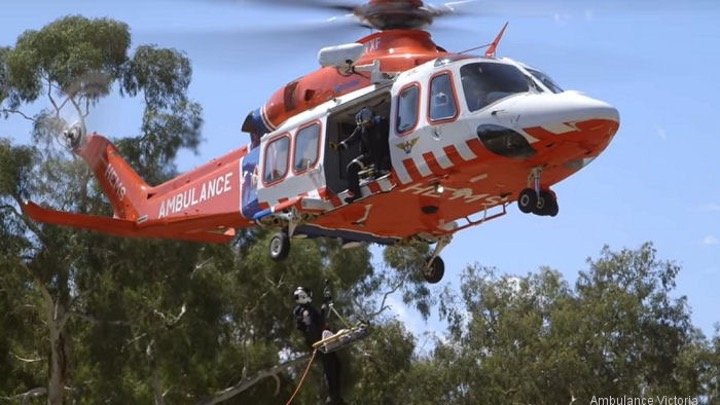
Process behaviour charts are the key to understanding your business
All processes exhibit variation. There’s no point fighting it. If you ignore it, you will miss opportunities for continual improvement, waste time taking action where none is warranted, and fail to act when action is required. Once you accept this, you will have taken the first step to understanding variation.
This article teaches you how to construct Process Behaviour Charts in Excel and use them to understand the variation in your processes.

What are flow metrics and why should you care?
Flow metrics will change how you think about productivity, predictability, and effectiveness. They provide insight into how your processes are operating and help you identify issues and bottlenecks. They tell you whether your process is predictable, which supports effective planning and forecasting. They suggest actions you can take to improve and they tell you if your process changes are having the desired effect. Since they are framework-agnostic, they can be applied to all types of knowledge work.

Manage your authority gradient to create effective teams
I recently teamed up with Nick Roder - an experienced Mobile Intensive Care Ambulance (MICA) paramedic (and my uncle) - to give a talk at Agile Australia where we explored what organisations can learn from paramedics about teamwork, collaboration and leadership. We shared how paramedics deal with their unique, complex environment, and how they create a collaborative culture that enables effective teams.
This is the final article in the series. It explores the concept of authority gradient and how managing it is vital to creating effective teams.

Foster civil interaction to improve collaboration
I recently teamed up with Nick Roder - an experienced Mobile Intensive Care Ambulance (MICA) paramedic (and my uncle) - to give a talk at Agile Australia where we explored what organisations can learn from paramedics about teamwork, collaboration and leadership. We shared how paramedics deal with their unique, complex environment, and how they create a collaborative culture that enables effective teams.
This is the third article in the series. It explores the impact of civil behaviour on teams and what you can do to create a civil environment that is conducive to higher performance.

Create a just culture
I recently teamed up with Nick Roder - an experienced Mobile Intensive Care Ambulance (MICA) paramedic (and my uncle) - to give a talk at Agile Australia where we explored what organisations can learn from paramedics about teamwork, collaboration and leadership. We shared how paramedics deal with their unique, complex environment, and how they create a collaborative culture that enables effective teams.
This is the second article in the series, exploring what type of culture you need to support high performance and continuous improvement and the actions you can take to create it.

Design processes for humans
I recently teamed up with Nick Roder - an experienced Mobile Intensive Care Ambulance (MICA) paramedic (and my uncle) - to give a talk at Agile Australia where we explored what organisations can learn from paramedics about teamwork, collaboration and leadership. We shared how paramedics deal with their unique, complex environment, and how they create a collaborative culture that enables effective teams.
This is the first in a series of four articles, detailing the insights and practical techniques from paramedicine that you can use to help your people do their best work, every day.
